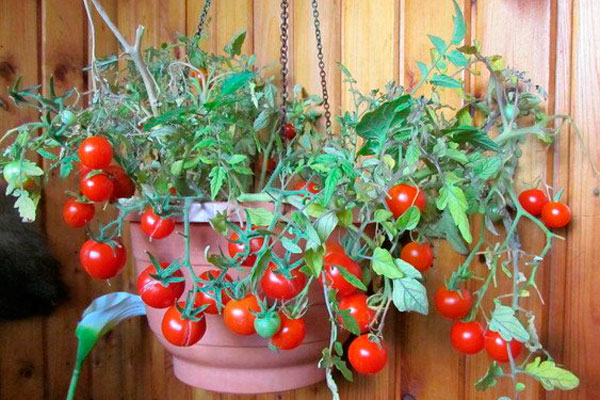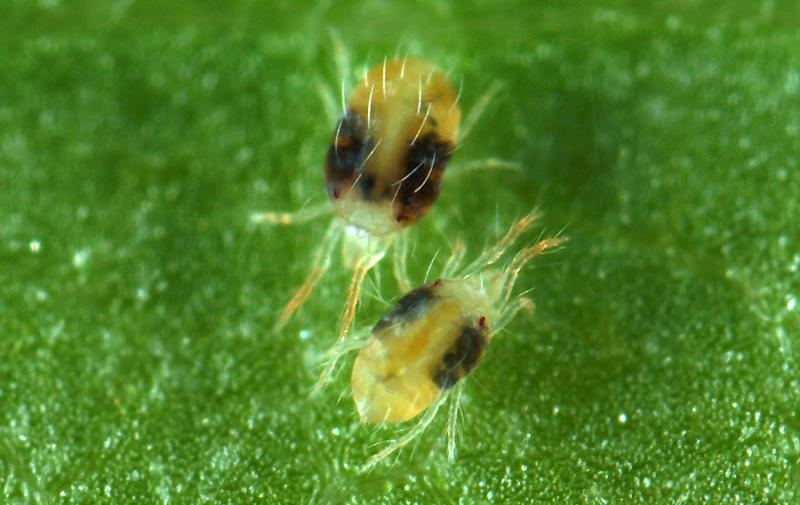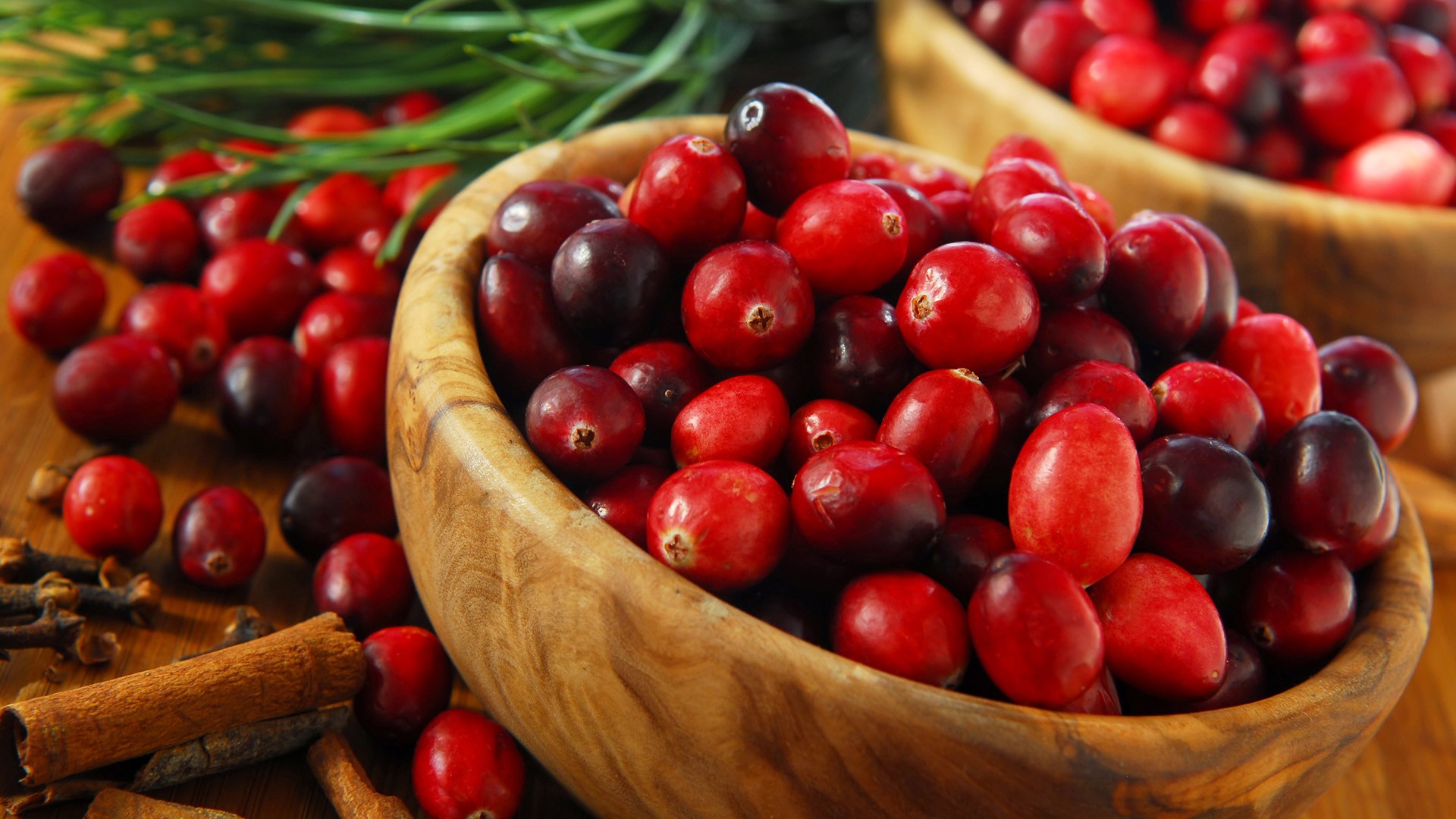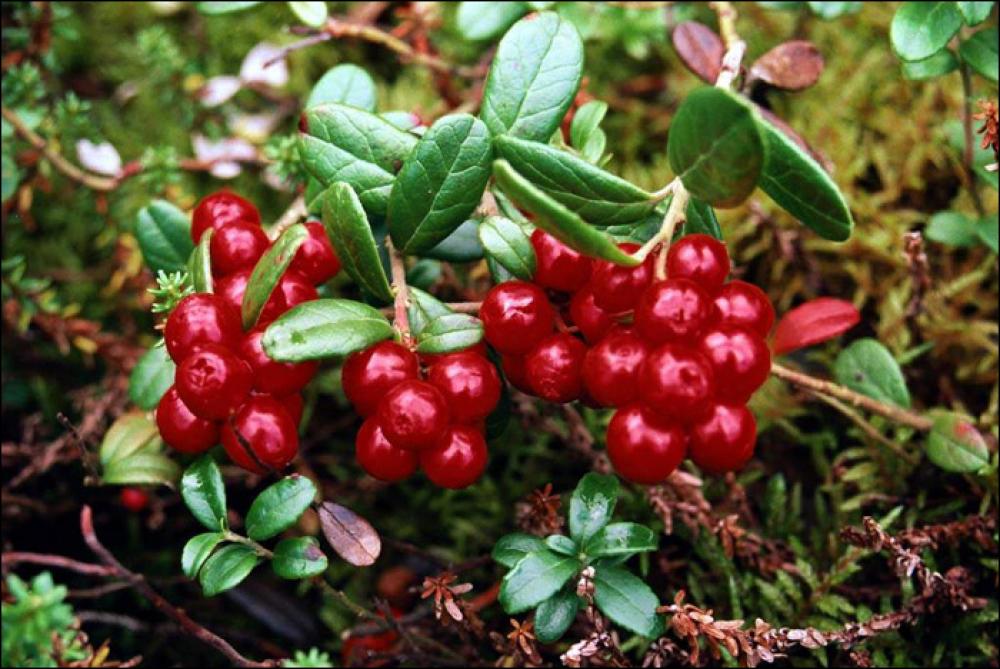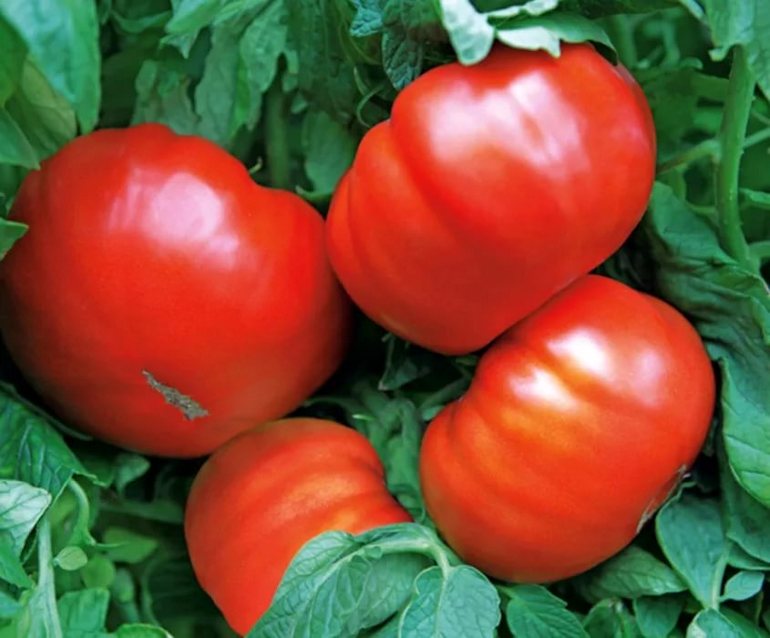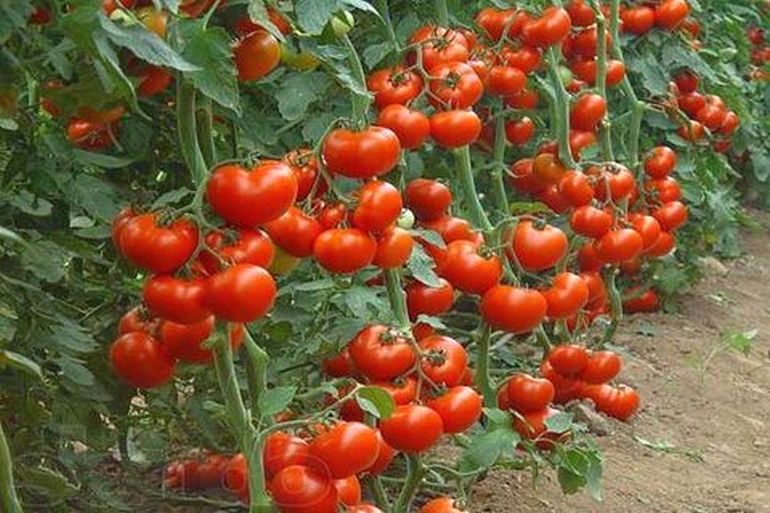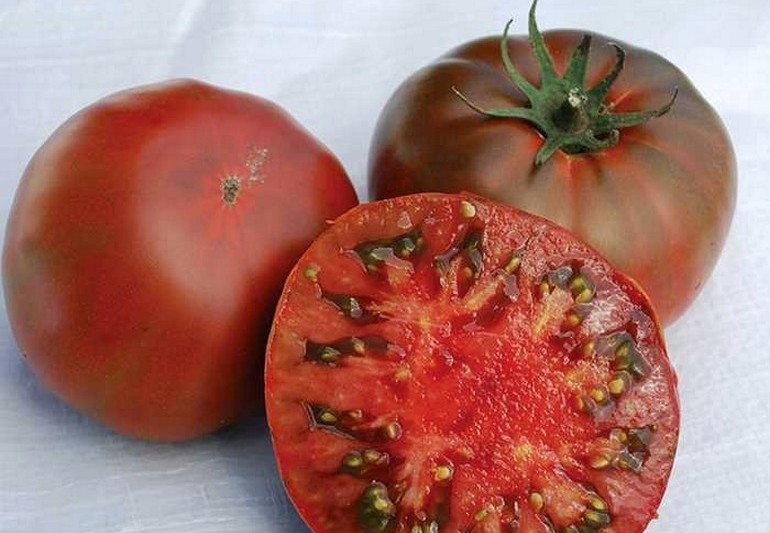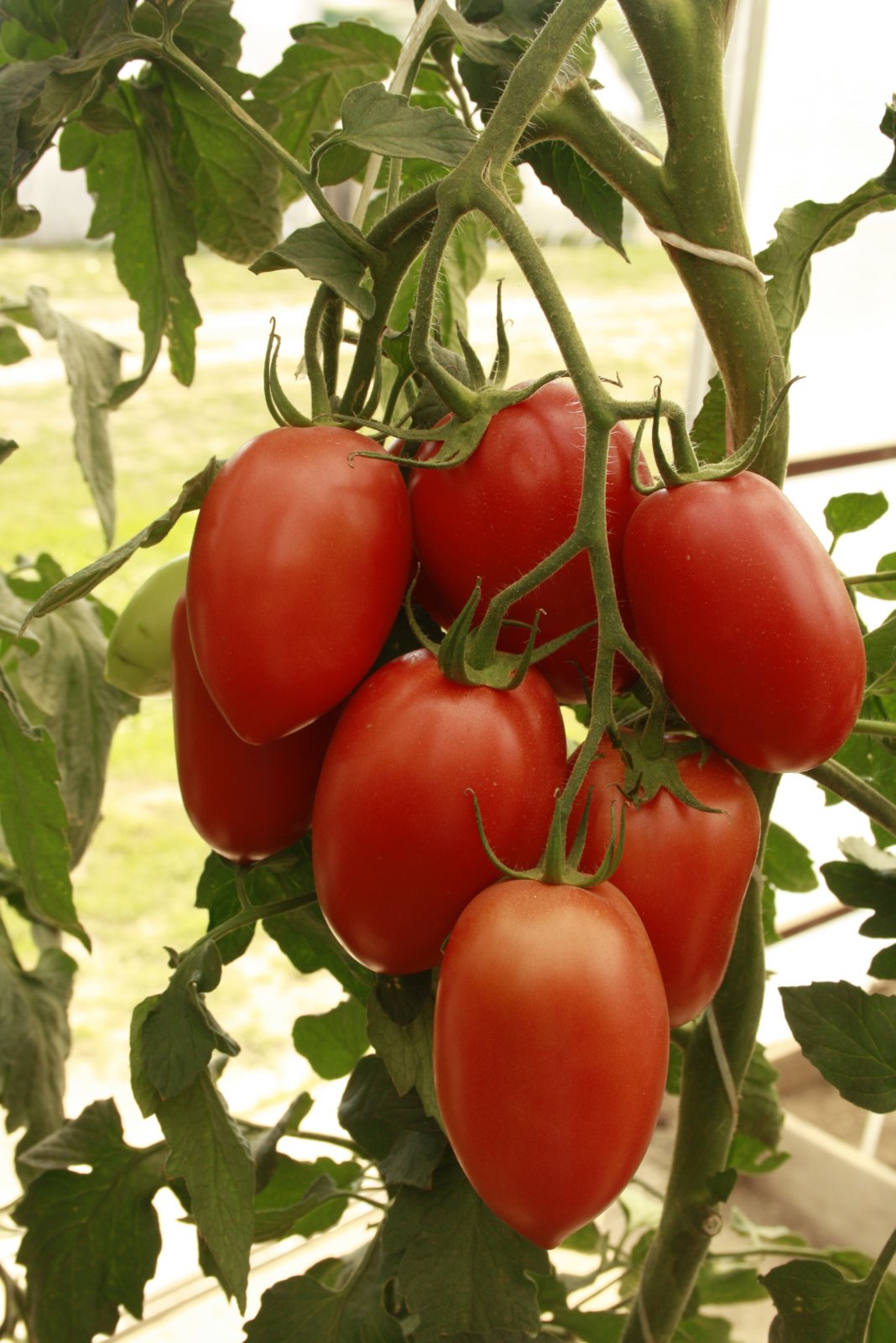Content:
Tomato Cranberry in sugar is one of the few small-fruited varieties suitable for growing in the garden, in the greenhouse, and even on the balcony. Regardless of placement, tomatoes develop normally and bear fruit abundantly. At first glance, defenseless, the bushes are resistant to most diseases of Solanaceous crops and, if properly cared for, are rarely affected by pests.
History of creation
The tomato variety was bred in 2011 by the workers of the agrofirm "Aelita" NV Nastenko, VG Kachainik, MN Gulkin. A year after the tomato successfully passed a number of tests, the species was included in the State Register of the Russian Federation. Cranberry in sugar is recommended for cultivation throughout Russia in closed and open field.
Description
Cranberries in sugar are an early ripening variety that begins to appear 80 days after planting. You can find out the variety among other varieties of the Solanaceous culture by the following characteristics:
- Bushes are compact, decorative. At the top of the plants that have reached the maximum height, a flower raceme is formed. Medium-sized leaf plates and stems are colored deep green. Small flowers are collected in complex inflorescences. The height of tomatoes grown in a greenhouse often reaches 1.6 m, while at home it is much less - about 1-1.2 m;
- Fruits are small, round, the maximum weight of tomatoes is 15-20 g. Bright red skin is dense, glossy. Moreover, the peel covering the tomatoes that grew in the garden is dense, and on the balcony it is tough. Because of this feature, tomatoes are not very suitable for making salads, but they tolerate canning well;
- The tomato pulp is firm, moderately juicy. 2-3 seed chambers serve as a kind of storage for a small amount of small seeds. The taste is sweet, with a barely perceptible sourness, and the smell is intensely tomato. Some gardeners claim that the fruit tastes like cranberry syrup. The general decorativeness of the tomato allows you to grow a crop not only for obtaining vegetables, but also to improve the appearance of the room.
The main feature of the variety is the tomato's high immunity to dangerous diseases. Even with frequent rains, the bushes are practically not affected by late blight, fusarium.
The yield of a small-fruited tomato variety is average - from 1 sq.m. beds with proper care, you can collect 2.6-2.8 kg of fruit. Fruiting begins in mid-July and ends in September. Gardeners who sow tomato in early March manage to eat miniature tomatoes in June.
Growing features
The cultivation of each plant begins with planting. Tomato seeds are sown in loose soil in mid-March. The box with seedlings is covered with foil or glass and placed in a warm, lighted place. After the sprouts appear, the temperature is reduced to + 20C.
To make tomato seedlings strong, they are fed 2 times with complex fertilizers with a high nitrogen content. Plants with 2-3 leaves dive into pots with a diameter of 7-10 cm. Tomato bushes are transplanted to a permanent place after the formation of 5-6 leaves.
Young tomatoes are sprayed with a solution of boric acid (1 g per 1 l of water), and then the bushes are planted in containers and pots, following this plan:
- A layer of small pebbles, expanded clay or other small drainage material is placed in the pot, and then a mixture prepared from equal parts of sod land, humus and sand is poured;
- A deepening is made and, together with an earthen lump, tomato seedlings are placed there;
- The rhizomes are covered with a substrate, after which it is tamped a little and watered with warm water;
- The ground around the tomato stem is mulched with sawdust or peat.
Landing on the garden bed is done in the same way, only without laying drainage. Plants are planted in open ground in late May-early June, when the risk of recurrent frosts completely disappears. The soil on the plot allocated for tomatoes is fertilized with peat and rotted manure, mixed in equal amounts. Organic consumption per 1 sq. M. area - 2 buckets. To protect the bushes from diseases and gluttonous insects, the garden bed is spilled with peat-humic fertilizers.
Bushes of the Cranberry variety in sugar are placed in the holes according to the scheme 45-60 cm.Despite the compactness of these tomatoes, it is not recommended to make the distance between them less than indicated. In order to speed up the survival of seedlings, a handful of wood ash and 1-2 tbsp are poured into the planting holes. superphosphate.
The variety of tomatoes Cranberries in sugar no less than other large-fruited counterparts needs systematic care. So that the tomatoes do not get sick and the fruits set well, you need to regularly carry out such simple manipulations:
- Watering. Tomatoes are watered in the morning with lukewarm water no more than once a week. It is better not to use well water for irrigation, because due to severe stress, the plants stop growing and shed flowers;
- Top dressing. In order for the declared characteristic to be justified in practice, tomatoes must be fed. Fertilization of the Cranberry variety in sugar is carried out according to the general scheme for tomatoes. In the first half of the growing season, tomatoes are fed with organic solutions or mineral mixtures with a high nitrogen content. During the period of setting and pouring the fruits, potassium-phosphorus fertilizers are applied;
- Tying. Since Cranberry tomatoes in sugar are not large in size, there is no need to tie them to a support, provided that the tomatoes grow in the garden or on the balcony. Tomato bushes growing in a greenhouse are tied up, as they grow large and take up a lot of space, which is undesirable for limited space. You can grow a small-fruited variety without pinching and pinching. Sometimes only the lower and yellow leaves are removed;
- Loosening and weeding. Light soil is the best growth medium for any crop plant. Therefore, the soil is loosened after each watering and rain. Weeds, which draw nutrients from the ground, are pulled out immediately after they appear.
If you perform these simple manipulations, the cultivation of a cultivated plant will be successful, and the tomato will delight not only the gardener, but also relatives and friends with an aesthetic appearance and delicious fruits. The house, which is lined with small pots with graceful red garlands, looks just gorgeous.
Disease and pest control
Despite the fact that the variety of tomatoes is endowed with high immunity to diseases of fungal origin, you should not forget about prevention. In order to reduce the likelihood of infection to zero, tomatoes are sprayed 2-3 times with Bordeaux mixture, copper sulfate or any other fungicide.
To get rid of aphids and spider mites, which often infect tomatoes indoors, you can use any commercial insecticide. Planting slugs are treated with a weak solution of ammonia.
Advantages and disadvantages
Tomato Cranberries in sugar have both positive and negative sides. The pluses of a tomato include:
- high immunity;
- tolerance to adverse weather conditions;
- high productivity;
- undemanding care;
- the possibility of cultivation both in the open and in closed ground;
- resistance to cracking;
- the ability to grow crops in the northern regions.
The disadvantages of a small-fruited variety are:
- unbalanced taste;
- dense and tough skin.
In view of such a large number of advantages, any person can grow a good harvest of a vegetable, since a minimum of time and physical costs is required from a novice gardener.
Tomatoes Cranberries in sugar are a small-fruited variety with excellent characteristics. The variety is suitable for growing in the house and in the garden, is unpretentious in maintenance and resistant to most tomato diseases. Small tomatoes are enjoyed by both adults and children: they are ideal for decorating snacks and preparing canned vegetables.
